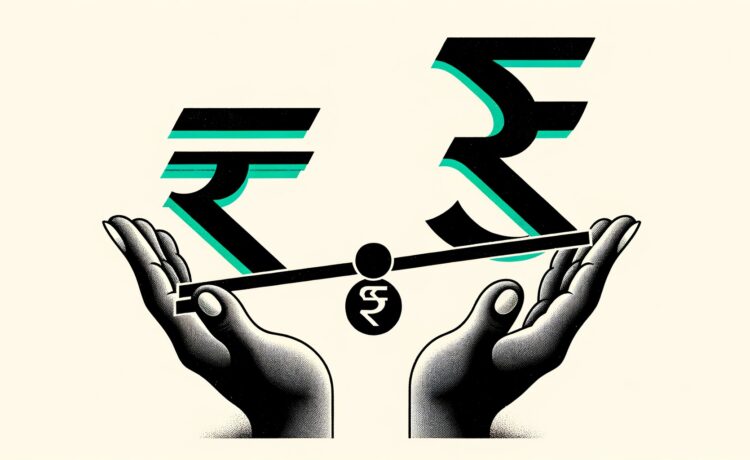What’s going on here?
The Indian rupee dipped to 83.9325 as state-run banks intervened to limit losses, mirroring declines in other Asian currencies.
What does this mean?
The Indian rupee weakened slightly to 83.9325 against the dollar, reflecting a regional trend where Asian currencies fell between 0.1% and 0.4%. State-run banks stepped in with mild dollar sales to cap the losses and stabilize the rupee. Importantly, these interventions were not on behalf of the Reserve Bank of India (RBI). The RBI has been actively intervening this month to prevent the rupee from falling below the critical 84 level, with the rupee reaching a record low of 83.9725 on August 7. Early morning trades faced downward pressure from importers’ month-end dollar bids, but state-run banks’ actions helped lighten the blow.
Why should I care?
For markets: Markets weigh their next move.
The dollar index stabilized at 100.8, while Asian currencies saw a general decline of 0.1% to 0.4%. This broader regional pattern highlights the vulnerability of Asian currencies amid global financial dynamics. The intervention by state-run banks suggests a nuanced approach to managing currency stability without direct RBI involvement. Investors should keep an eye on dollar-rupee forward premiums, which fell due to rising US bond yields, indicating fluctuating market conditions.
The bigger picture: Fed signals play a crucial role.
Investors are keenly focused on the Federal Reserve’s next steps, with Chair Jerome Powell hinting at potential rate cuts. Markets have already priced in nearly 100 basis points of cuts over the next three meetings in 2024, possibly including a significant 50 basis point cut. These anticipated moves by the Fed will likely influence global financial markets, impacting not just the dollar but also emerging market currencies like the Indian rupee.

















